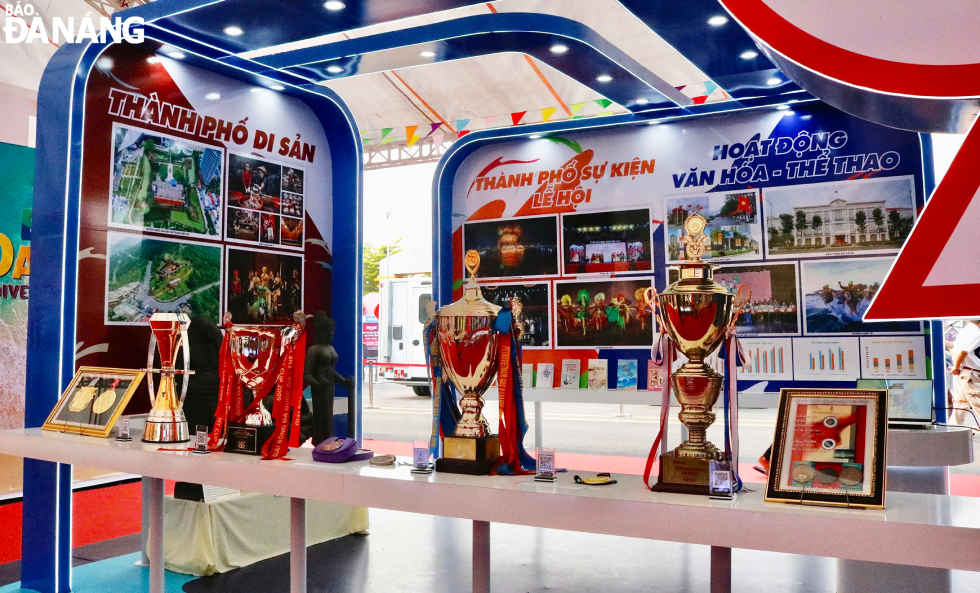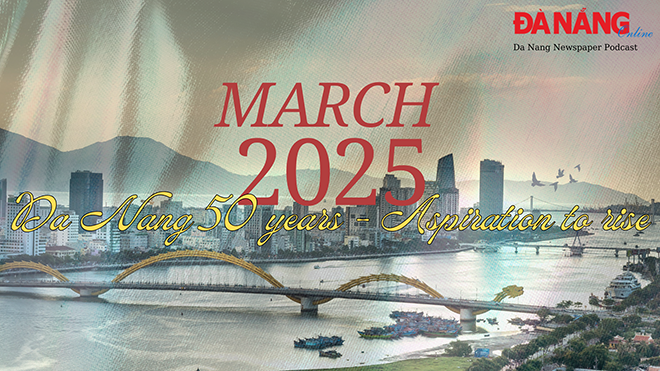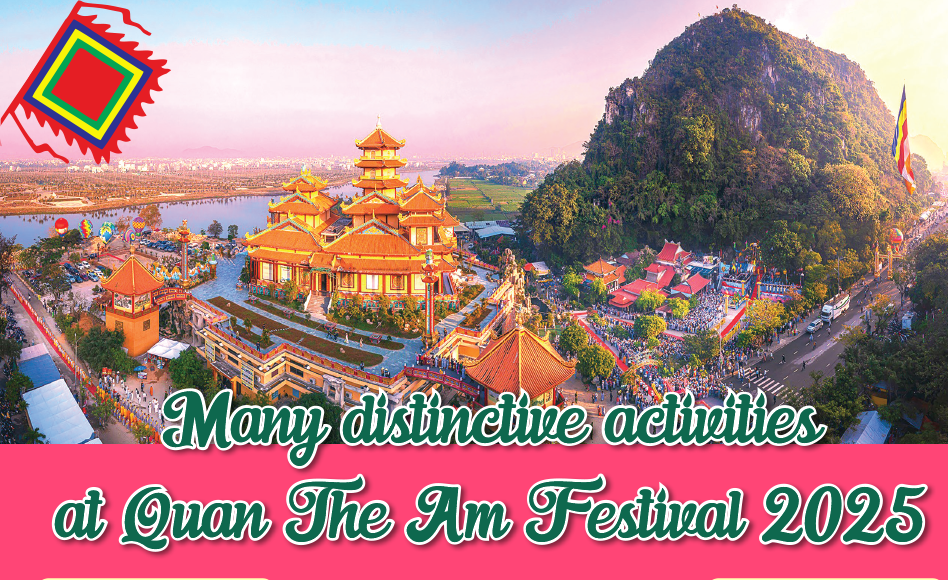Bridging gap to unveil Cham culture to public
In the early days of November, visitors exploring the Cham Sculpture Museum were pleasantly surprised to discover a new space dedicated to introducing Cham culture. This space does not showcase Cham temples or ancient Cham statues; instead, it aims to help the public understand the fundamental aspects of the cultural life of the Cham community in Viet Nam.
 |
| Foreign visitors explore the costume section in the Cham cultural space at the Cham Sculpture Museum. Photo: XUAN DUNG |
The idea of creating a Cham cultural space had been conceived by the Cham Sculpture Museum several years ago, but due to the impact of COVID-19, it was only recently that the institution had the opportunity to implement it.
However, this delay allowed the museum sufficient time to research, renovate the second-floor space, arrange artefacts, and design an interactive exhibition featuring about 150 artefacts divided into six themes: daily life - religious beliefs, writing, costumes, musical instruments, festivals, and traditional crafts.
The museum has collected these artefacts over the years from various locations, including Ninh Thuan, Binh Thuan, and An Giang. Many of these items are nearly a century old and are still used by the Cham people today. Additionally, the museum has reconstructed models of houses, temples, and ritual spaces in the Cham style, providing the public with a comprehensive view of the cultural life, customs, and production activities of the Cham people from ancient times to the present.
The Cham people in Viet Nam are divided into three main religious groups: Cham Balamon, Cham Bani, and Cham Islam. Therefore, this space focuses on exhibiting and introducing the most basic artefacts of these three groups. The highlights of the space include two themes: costumes and traditional festivals of the Cham people, showcasing a diverse array of artefacts and colours that reflect aesthetic values, artistic elements, and the status and role of each individual.
Cham costumes typically distinguish between the elite and the commoners. Elite costumes often feature white as the predominant colour, with men wearing white robes and red-trimmed turbans, and women donning white robes, crescent-shaped headscarves, and earth-colored skirts. Commoner costumes are simpler and use colours freely. Regarding festivals, the museum is currently showcasing three major Cham festivals: Kate, Rija, and Ramâwan. For each festival, the museum recreates the ritual spaces and utensils in the Cham style, allowing visitors to easily imagine their use.
Although the cultural space has only been open for just over a week, the number of visitors exploring the Cham cultural display has been relatively bustling. According to the museum's observations, approximately 300 visitors per day come to explore the space, with the majority being international tourists.
Mr. Andrew LeBron, an Australian tourist, remarked, "I am quite impressed with the Cham cultural space at the Cham Sculpture Museum. It is vibrant, and colorful, providing a completely new experience. Another positive aspect is that at each exhibit area, the museum has information panels in Vietnamese and English, accompanied by illustrations of Cham people using the artefacts, making it easy for visitors to imagine."
According to Mr. Tran Dinh Ha, Deputy Director of the Cham Sculpture Museum, visitors to the museum have mainly focused on admiring Cham sculptures, and architecture, and learning about the dating, history, and preciousness of the sculptures and artefacts. However, for some, this experience might be relatively monotonous. Therefore, the museum has opened this new space to create more diversity, and vibrancy, and attract visitors to the museum.
Moreover, this space helps the public have a more comprehensive and panoramic view of the various ethnic groups, life, and Cham culture. Although the cultural space has been open to visitors, it is still over 90% complete, and the museum is still finalizing some supporting items. It is expected that everything will be completed before November 23 for the museum's inauguration ceremony, commemorating Viet Nam's Cultural Heritage Day.
In addition, the museum is also working on implementing an automatic narration system in Vietnamese and English through QR codes in the Cham cultural space to meet the information needs of the public and tourists. "In the coming time, the museum will continue to collect and supplement artefacts for the Cham cultural space. Through this, we aim to enhance the quality of service and spread awareness of Cham culture to a wider audience within and beyond the city," said Mr. Ha.
Reporting by X.DUNG - Translating by T.VY








